- Learning time
- 30 minutes
- First play time
- 100 minutes
Santa Maria
Designed by: Eilif Svensson,Kristian Amundsen Østby
In Santa Maria the players are colonial settlers, hoping to establish the happiest settlement. There is a central board that records your progress on the religion and conquistador tracks, and each player has an individual board that is already populated by a few locations at the start of the game – for the sake of brevity, we’ll refer to them as buildings (as many are). Each player also starts with some money, some wood, six monks and a single blue die, and there are several white dice available in a common pool.
You have four options on your turn – you can activate a single building by placing money on it, activate a whole row of buildings with a blue die, or a whole column of buildings with a white die. Finally you can build more buildings in your colony by paying wood/wheat to add a tetris-style piece on your board. The last option is just about making the first three more productive, but why activate anything? Well, because when buildings are activated they produce goods for you in the shape of wood, wheat, sugar, gems and gold. These can be used to buy harbour tiles, which in turn will bring you rewards at the end of each round. Activated buildings will also push you up the conquistador track (good for points) and religion track (allowing you place monks on the main board to generate income or end-game scoring opportunities.
After the third round of the game, points are totalled and the happiest colony wins!
The guru's verdict
-
Take That!
Take That!
None to speak of, except someone beating you to a particular tile or white die.
-
Fidget Factor!
Fidget Factor!
It's a fairly speedy game.
-
Brain Burn!
Brain Burn!
Only four options on each turn (albeit you can pay cash to manipulate die rolls) mean that the burning here isn't really about rules but working out the best possible available combos so when you activate a row or column you get multiple incomes from it.
-
Again Again!
Again Again!
Many aspects of the game are randomised, and there are different routes to victory too.

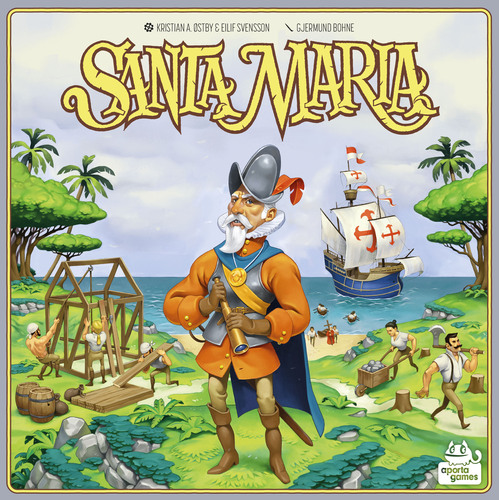
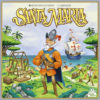
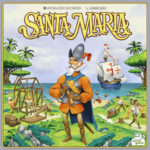

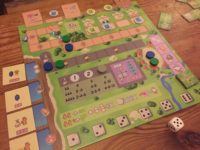
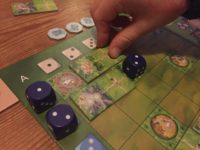
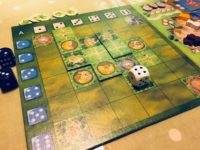


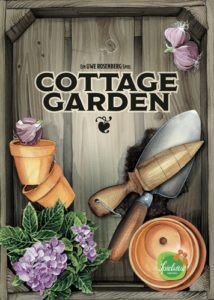
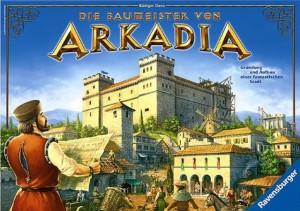
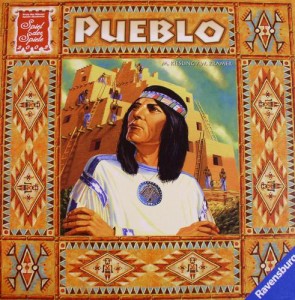

Sam says
I'm not hugely enamoured of the games' appearance, which combines slightly drab (the main board) with overtly cheesy (the grinning happiness points) - contrasting not only with each other, but if you were to actually engage with the theme underneath the abstraction, also the brutality of what European colonists actually did: happiness may have been abundant for some, but less so for others. I did like the spatial challenge of the building and the dice activation is pretty neat: pulling off a row or column that triggers a whole cascade of rewards is what you aim for, and it feels good when you pull it off. But overall, a bit of a strange recipe.